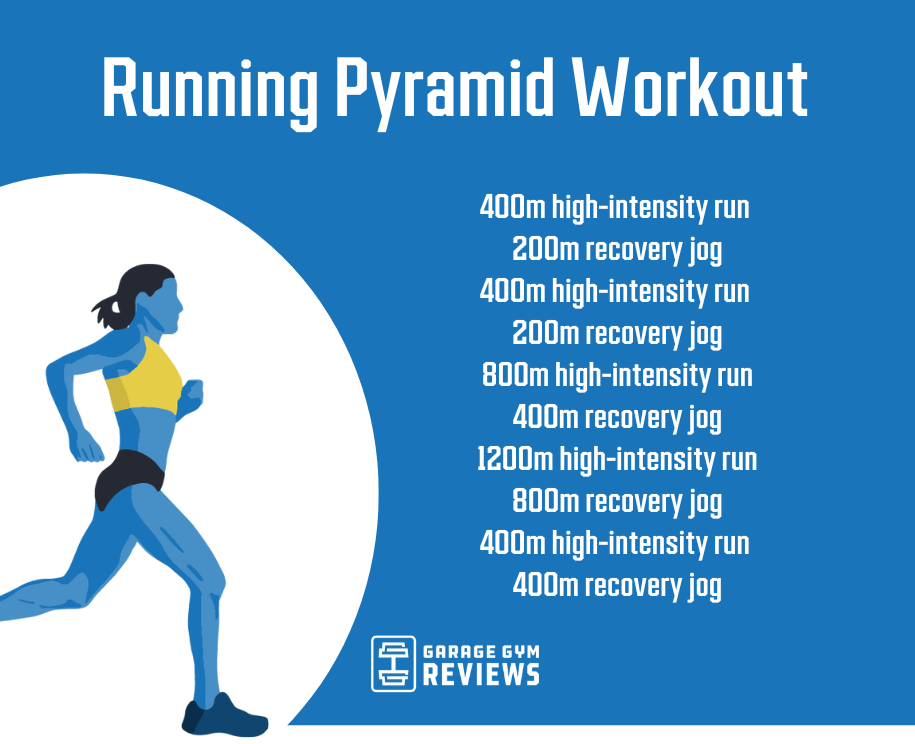The Ultimate Running Strategy Overview: Accomplish Your Fitness Goals
The Ultimate Running Strategy Overview: Accomplish Your Fitness Goals
Blog Article
The Ultimate Overview to Dealing With Pain When Running
Whether you are a seasoned marathoner or just beginning your running journey, comprehending the different types of pain that can arise and the strategies to resolve them is crucial. From pre-run workout regimens to appropriate footwear option, there are many elements to take into consideration when it comes to dealing with pain while running.

Comprehending Different Kinds of Running Discomfort
When running, it is vital to identify in between various kinds of pain to stop injuries and optimize efficiency (Read More). One typical type of pain that runners might experience is muscle mass discomfort, which usually occurs from the stress placed on muscular tissues during exercise. This sort of pain is often a regular component of the running process and can be taken care of with proper workout, cool-down, and stretching routines
Another type of discomfort to be familiar with is joint pain. Joint discomfort can indicate problems such as overuse, inappropriate type, or underlying problems like arthritis. Neglecting joint discomfort can lead to a lot more extreme injuries, so it is essential to attend to any kind of discomfort immediately and perhaps look for professional guidance.
Furthermore, sharp or stabbing discomforts should not be disregarded. These sorts of discomfort can signify intense injuries such as strains, sprains, or tension cracks - running strategy. Remaining to run via these types of pain can intensify the injury and extend healing time

Pre-Run Workout and Stretching Routine
To prepare the body for a running session, applying an effective pre-run workout and stretching regular is essential. A proper warm-up assists raise blood flow to the muscular tissues, boosts versatility, and reduces the threat of injury during the run. By incorporating a regular pre-run warm-up and extending routine right into your running program, you can optimize efficiency and minimize the threat of discomfort or injury.
Correct Footwear Option and Fit
When choosing running shoes, it is vital to take into consideration factors such as foot type, running gait, arch support, cushioning, and shoe size. Visiting a specialty running store for a gait analysis and professional fitting can help ensure that you select the right shoes for your individual needs. Investing in high-quality footwear that is appropriate for your running style and foot anatomy is a proactive step in the direction of protecting against discomfort and injuries throughout your runs.
Nourishment and Hydration Tips for Discomfort Prevention

Hydration is equally vital for runners to prevent pains, dehydration, and other pains that can lead to pain throughout running. It is recommended to consume an adequate amount of water throughout the day and specifically before, during, and after running sessions. Electrolyte-rich drinks or sporting activities drinks can likewise be beneficial for renewing shed minerals and keeping proper fluid equilibrium. running strategy (Read More). By prioritizing nourishment and hydration, runners can boost their performance, lessen discomfort, and delight in an extra comfortable running experience.
Post-Run Healing Techniques to Reduce Pain
Executing reliable recuperation techniques is necessary for alleviating pain and promoting muscle mass recuperation after running sessions. One key post-run recovery method is extending. Including fixed go for major muscle groups can assist lower muscular tissue tension and soreness. Foam rolling is another useful technique to launch muscular tissue rigidity and boost blood flow to the muscles, aiding in quicker recovery. Furthermore, icing sore areas for 15-20 minutes can assist minimize inflammation and numb pain post-run.
Taking in a balanced snack or dish that includes protein and carbs within 30 minutes of finishing a run can aid repair muscle cells and renew power shops. By integrating these post-run recuperation methods into your regimen, you can efficiently manage discomfort and optimize your running efficiency.
Final Thought
To conclude, addressing various sorts of running discomfort through correct warm-up, extending, footwear selection, nourishment, hydration, and post-run recovery methods is important for discomfort prevention and monitoring. By comprehending the reasons for discomfort and executing these strategies, joggers can minimize discomfort and possible injuries. It is vital to prioritize general physical health and find more information wellness to ensure a successful and delightful running experience.
Report this page